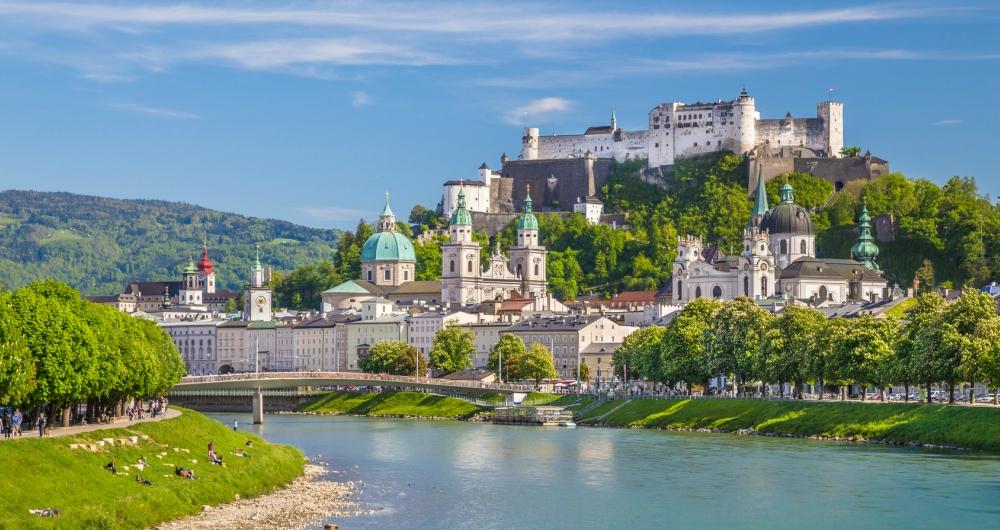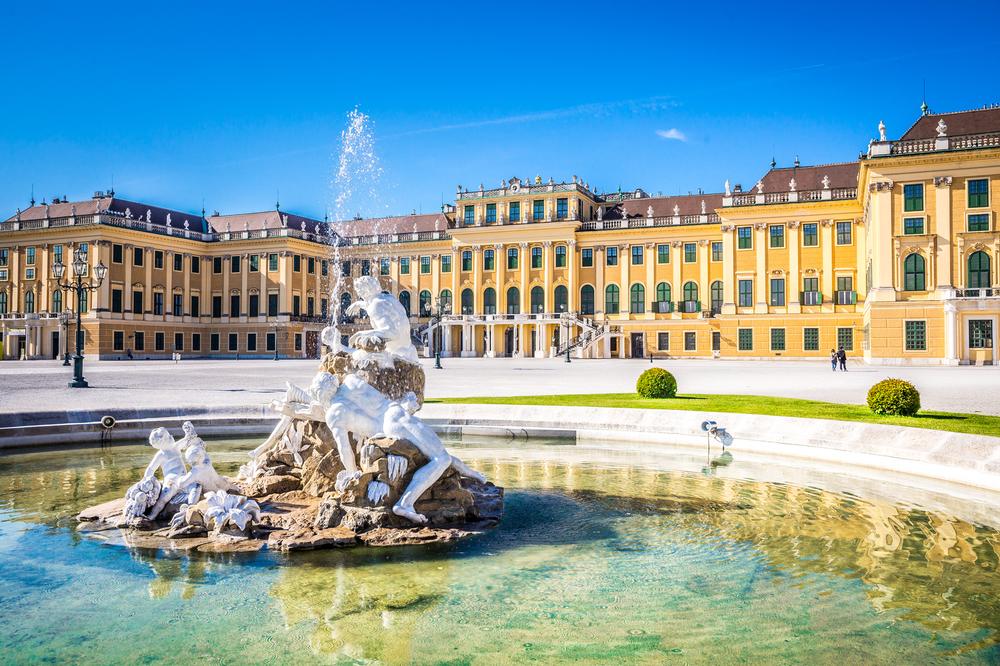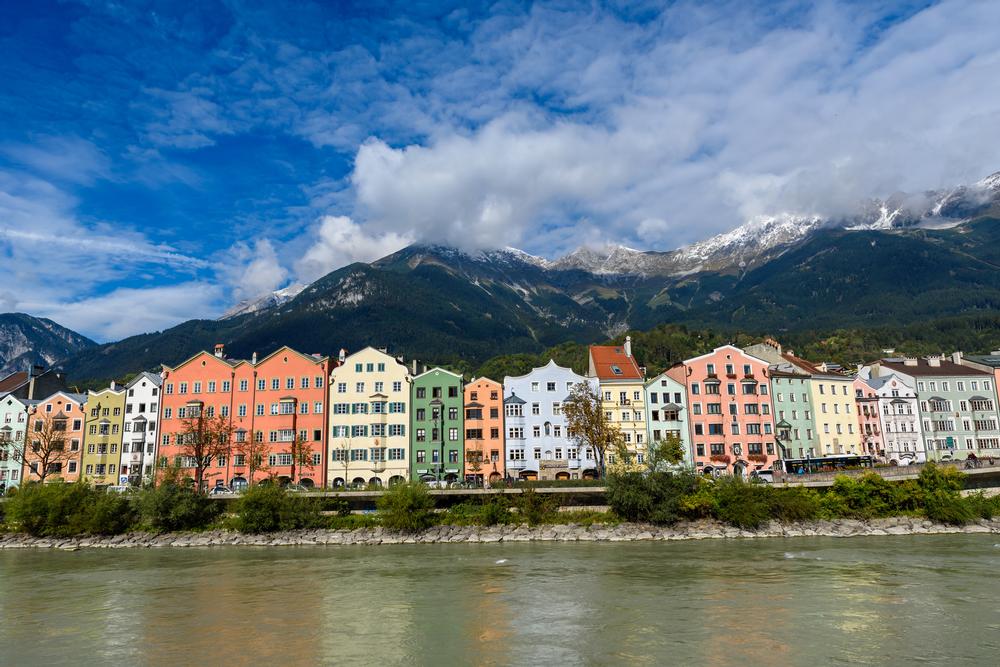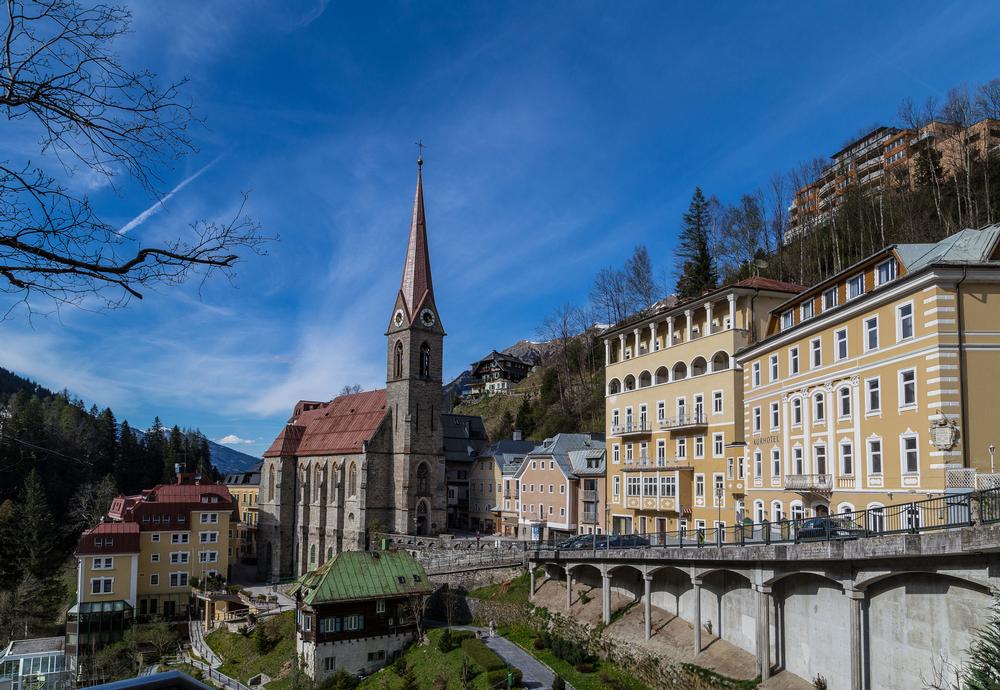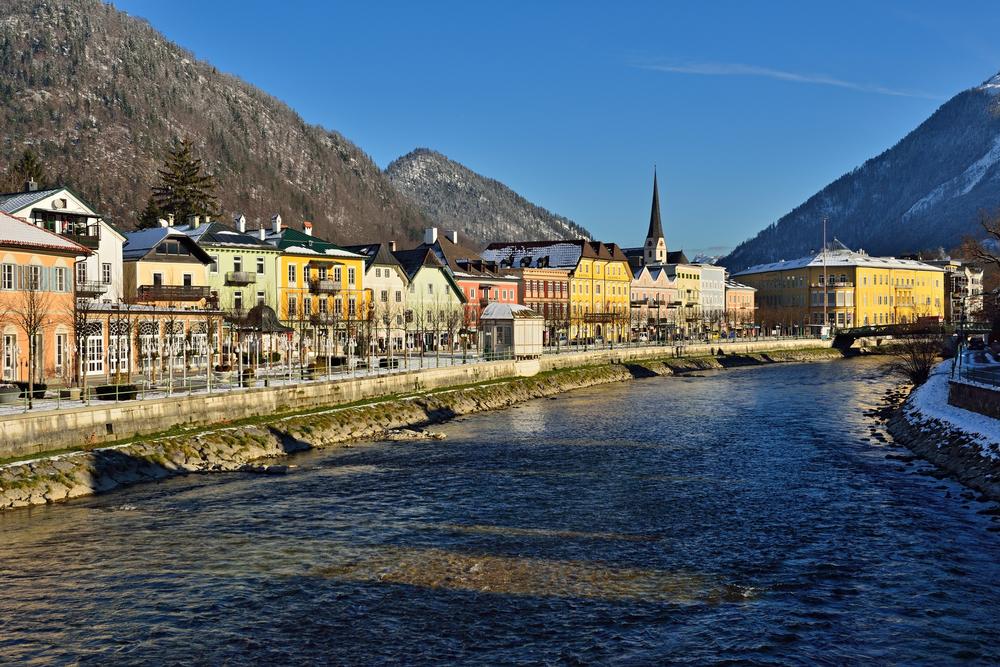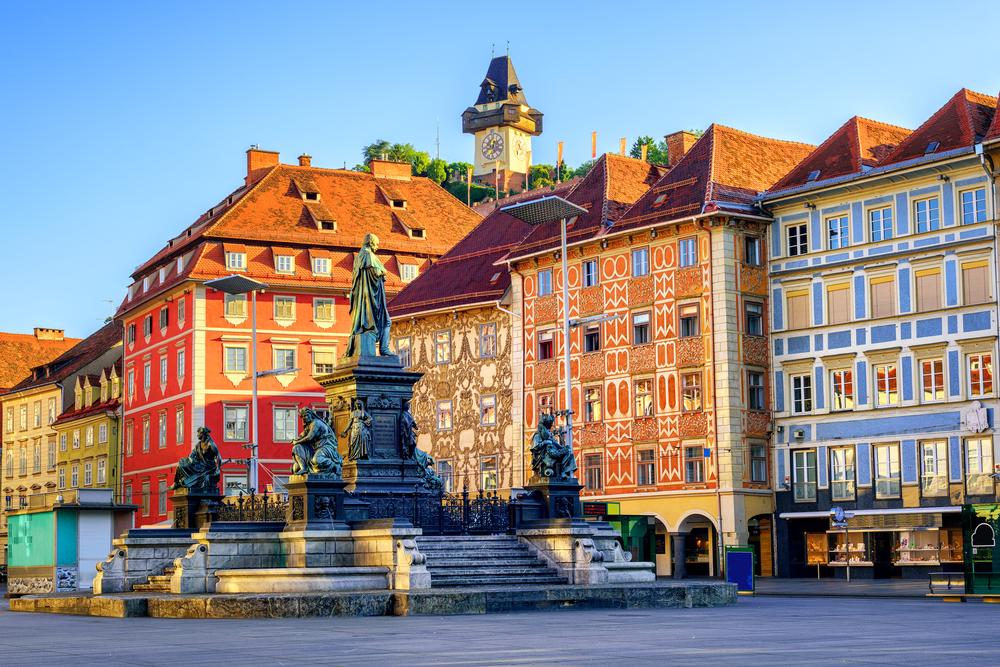“Austria is like a Stradivarius: it resonates with a thousand delicate harmonies.” — Frederic Morton, an Austrian-born American writer
Want a trip filled with storybook towns, grand palaces, and breathtaking mountain views? In this post, I’ll share the baroque cities, alpine valleys, and storybook villages I discovered across Austria—where music, mountains, and timeless beauty come together in perfect harmony. These unforgettable places to visit in Austria blend old-world charm with natural splendor for the perfect European escape.
If you are in a hurry, I recommend:
- Wander the imperial streets and museums of Vienna.
- Admire lakeside beauty and Baroque architecture in Salzburg.
- Explore the fairytale village of Hallstatt, tucked between mountains and lake.
- Ski or hike in the dramatic landscapes of the Austrian Alps in Tyrol.
- Tour historic castles and vineyards in the scenic Wachau Valley.
Unique Places to Visit in Austria:
📔 I get asked this a lot so I decided to include it:
-
What makes Austria a popular holiday destination?
- Austria is known for its lavish baroque buildings and the soaring mountains of the Alps, making it one of Europe's most popular travel destinations.
-
What outdoor activities can visitors enjoy in Austria?
- Outdoor enthusiasts will love the endless opportunities to hike in the summer and ski in the winter.
-
What food is Austria known for?
- Food lovers can indulge in classic Austrian cuisine such as strudels, schnitzels, and experience the world-famous coffee culture.
-
What cultural experiences does Austria offer?
- Visitors can attend a performance at a lavish concert hall or relax in soothing thermal spas.
-
Are there any unique attractions in Austria?
- Travelers can visit tranquil vineyards and sample world-class wine.
-
Are there many things to do in Austria?
- Absolutely! There is no shortage of things to see and do, with many must-visit places throughout the country.
🌤 Best Time to Visit Austria
- May to September – Warm and scenic, ideal for hiking, city strolls, and alpine lake adventures.
- June to August – Peak summer with festivals, mountain escapes, and bustling city life in Vienna and Salzburg.
- April & October – Shoulder season with mild temps, fewer crowds, and beautiful spring blooms or fall colors.
- November to March – Cold and snowy, perfect for skiing, Christmas markets, and cozy mountain villages.
- Late December – A magical time for festive lights, classical concerts, and iconic Austrian holiday charm.
Plan Your Trip


